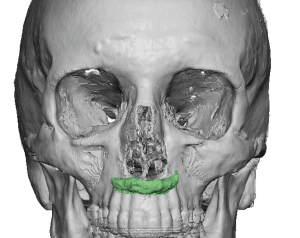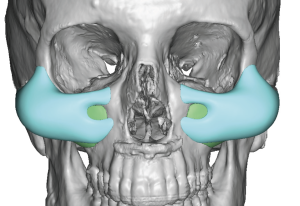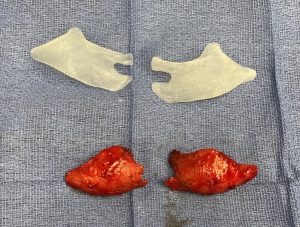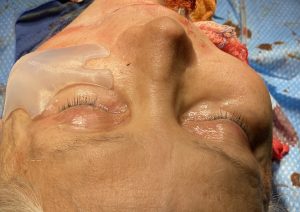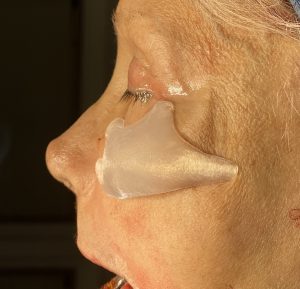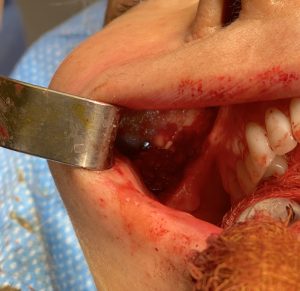Background: Cheek implants can have variable locations of placement over the cheek or zygomatic bone. But in many cases the placement of cheek implants will have their anterior or inferior located onto portions of the maxilla. Many times this is onto the thicker bone of the posterior maxillary buttresses and less frequently onto the thinner bone of the maxillary sinus wall. This occurs due to either their desired placement location or as a result of the intraoral incisional access. (unintentional placement)
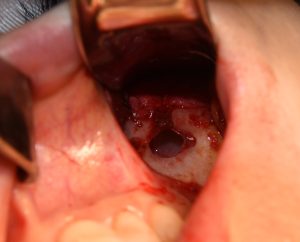
In cheek implant replacements, which in my experience is most commonly done with custom cheek implant designs, it is extremely helpful to know the current implant shape, size and location of both sides. In the 3D CT scan that is needed to design the implants the existing cheek implants can be seen…if they are silicone. The other commonly used facial implant material, Medpor, can not usually be seen in 3D scans. While seen in 2D CT scans the material is not seen in 3D reconstructions. This poses some challenges in the new implant designs.
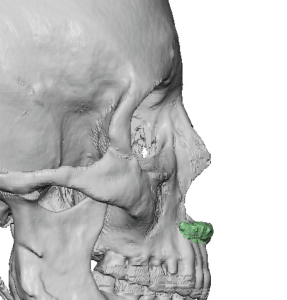

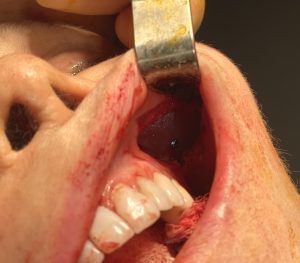
Case Highlights:
1) Medpor cheek implants are often not seen on 3D CT scans no matter how long they have been implanted.
2) Before removing Medlor cheek implants, particularly of replacements are to be done, it is important to check preoperatively whether implant settling has caused maxillary sinus exposure.
3) When designing custom cheek implants for replacement of Medpor implants which can’t usually be seen on 3D CT scans, one should be prepared to do intraoperative reduction based on how they look when implanted.
Dr. Barry Eppley
Indianapolis, Indiana




